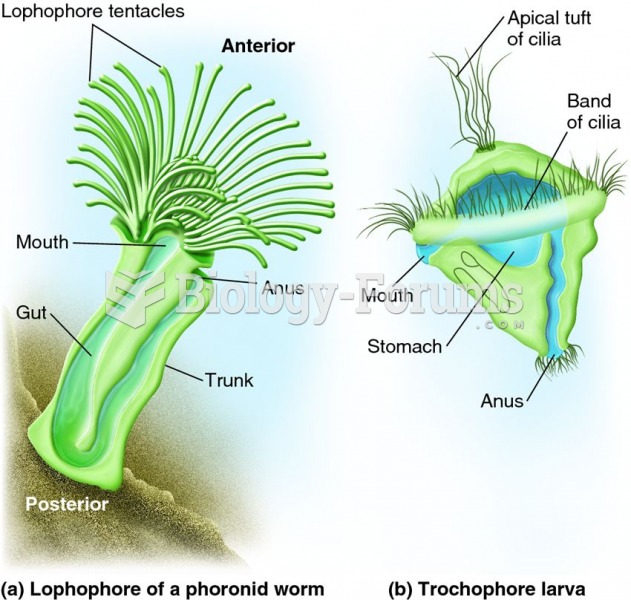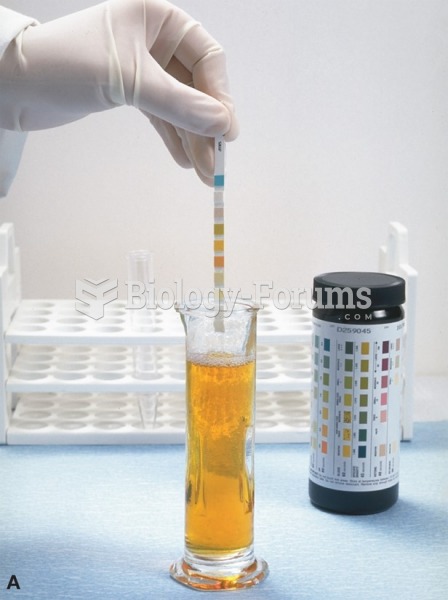Answer to Question 1The seven common varieties of guinea pigs are the Abyssinian, American, Peruvian, Satin, Silkie, Teddy, and
White Crested.
The Abyssinian has a rough, wiry hair coat. The hair is made up of swirls or cowlicks called rosettes. The
more rosettes on the animal, the more desirable. The Abyssinian is found in all colors and color combinations.
The American is the most common of the guinea pig varieties. The hair of the American is short, very
glossy, and fine in texture. This short-haired guinea pig can be found in a wide variety of colors and color
combinations; its short hair makes it easy to care for.
The Peruvian is the long-haired variety. Length, evenness, and balance of the hair coat are deciding features
when judging this variety. The Peruvian can be found in many of the same colors and color combinations
as the short-haired, American variety. The hair coat takes a great deal of time and effort to keep clean
and may reach a length of 20 inches. Because the guinea pig does not have a tail, the Peruvian has the appearance
of an animated mop, and it may be difficult to tell which end is which.
The luxurious, shiny fur of the Satin is its major characteristic. The coat is fine, dense, soft, and has a
sheen. Satins are found in the same colors and color combinations as the other guinea pig varieties.
The Silkie is another long-haired variety, but unlike the Peruvian, there is no long, frontal sweep over the
head. The Silkie has a mane that sweeps back from the head, between the ears, and back over the back and
down the sides. The Silkie is also found in the same colors and color combinations as the other varieties.
The Teddy variety has short, kinky hair. The fur is short, resilient, and thick and lies close to the body; the
whiskers are also kinked. The Teddy can be found in the same colors and color combinations as the other
guinea pig varieties.
The White Crested guinea pig has short hair and resembles the American short-hair guinea pig except for
the crest, which is a rosette and radiates evenly with a clearly defined center from the forehead. The White
Crested is primarily found in the self, solid, and agouti colors; the crest is, of course, white.
Answer to Question 2The guinea pig is more accurately called a cavy.







